Taking the “I” Out of Design
The following is a guest post from Patrick Weiss, Director of Product Design at Omada Health.
Intuition can be a powerful product development tool. It can help guide decision making, imagine user environments and needs, and expedite the process of building features.
But intuition also has its blind spots. And sometimes, it can be your worst enemy.
For many consumer products, designers have the luxury of being users themselves. As a member of the target population they’re designing for, they can rely on their “gut” to get a feel for the challenges a user might encounter and the features that create value and delight.
But when designing a product for people with very different perspectives and worldviews, relying solely on intuition can be risky. Especially when building products in spaces like health, personal finance, and emerging technology, the degree of nuance when it comes to individuals’ needs and lifestyles can be massive.
At Omada Health, we’re designing a program that helps people build new habits, so that they can live happier, healthier lives. Our users (or Participants, as we call them) run the gamut. As just one example, our product needs to be as usable, engaging, and valuable for tech savvy 18-year-olds as it does for 80-year-old retirees who just bought their first smartphone.
Serving our participants well requires a unique design process that relies on getting out of our heads (and office) and into the heads of our many types of users as often as possible.
Here are three methods we use to distance ourselves from our intuition and connect to users as we build our product.
1. ABR (Always Be Researching)
Go Into the Field (and away from the computer)
There’s no substitute for getting into the “field” and learning about your users in their own environment. Schedule trips to meet up with users in your most active (and diverse) markets at least every three to six months. (These trips also serve as great chances to bond with your team around your users and their needs.)
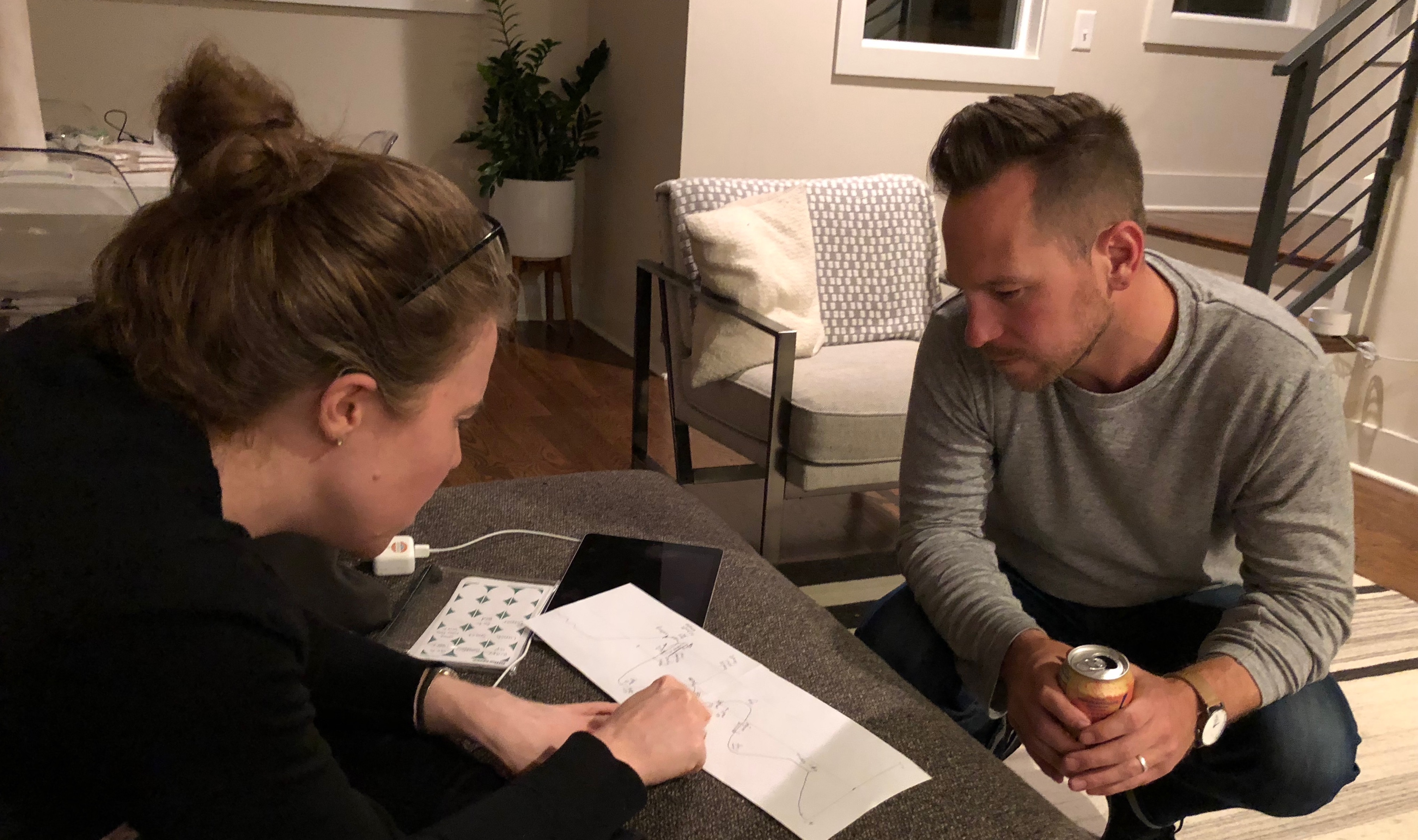
We typically structure ethnographic research trips as a blend of generative research (understanding users’ lives and context) and evaluative research (testing new ideas and concepts). We’ve visited users in Louisiana, Minnesota, Tennessee, Texas, and North Carolina, but this type of research doesn’t always require a flight. For us, Sacramento serves as a more logistically manageable way to get members of the team, from engineers to our president, out of the Bay Area to learn from our users.
Block the Calendar
Given the broad range of priorities that any product team is juggling, even the most well intentioned and user-centric teams can let user research fall off the radar. At Omada, we block every Wednesday to conduct a full day of phone interviews with participants around the country. This research can take many shapes: We can do generative research in new problem spaces, evaluate early concepts to see if we’re heading in the right direction, and do traditional usability testing of evolved designs before they go into engineering. (These sessions are open invite, so anyone in the office can sit in to learn from our users.)
Research at Scale
To complement the qualitative research from one-on-one interviews, it’s important to build a cadence for collecting, analyzing, and reviewing “higher N” user feedback. Regularly sending out targeted surveys, reviewing app store reviews, analyzing usage data, going through support tickets, and subscribing to blogs and reddit threads that represent your users are all great ways to build empathy and a more well-rounded view of your user.
2. Keep Users Front and Center
Make Insights Immersive
Bring your user research learnings to life for the whole company by pinning up findings, photos, quotes, and stories in a way that allows passers-by to step into the homes and minds of your users. At Omada, we compile findings and quotes from participants onto synthesis boards visible throughout our floor; they are a physical reminder of our participants and their feedback.
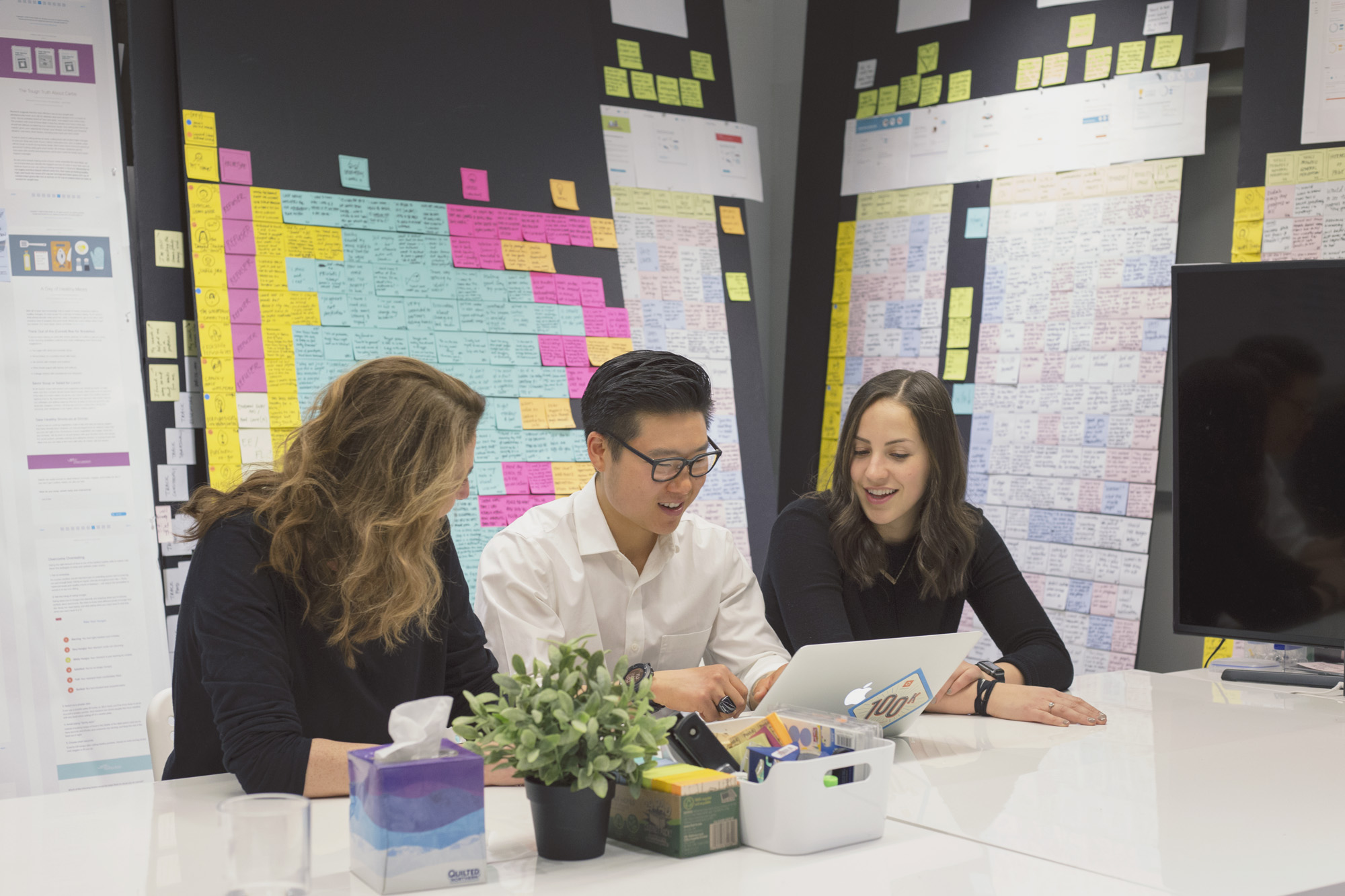
User Stories as Art
By highlighting user stories in visual ways, your workspace can become a daily reminder of the victories and challenges your product aims to celebrate and solve for. At Omada, every conference room includes a brightly colored quote from a real user. In deeply tactical meetings about process, it’s useful to have a reminder of why we’re meeting in the first place.
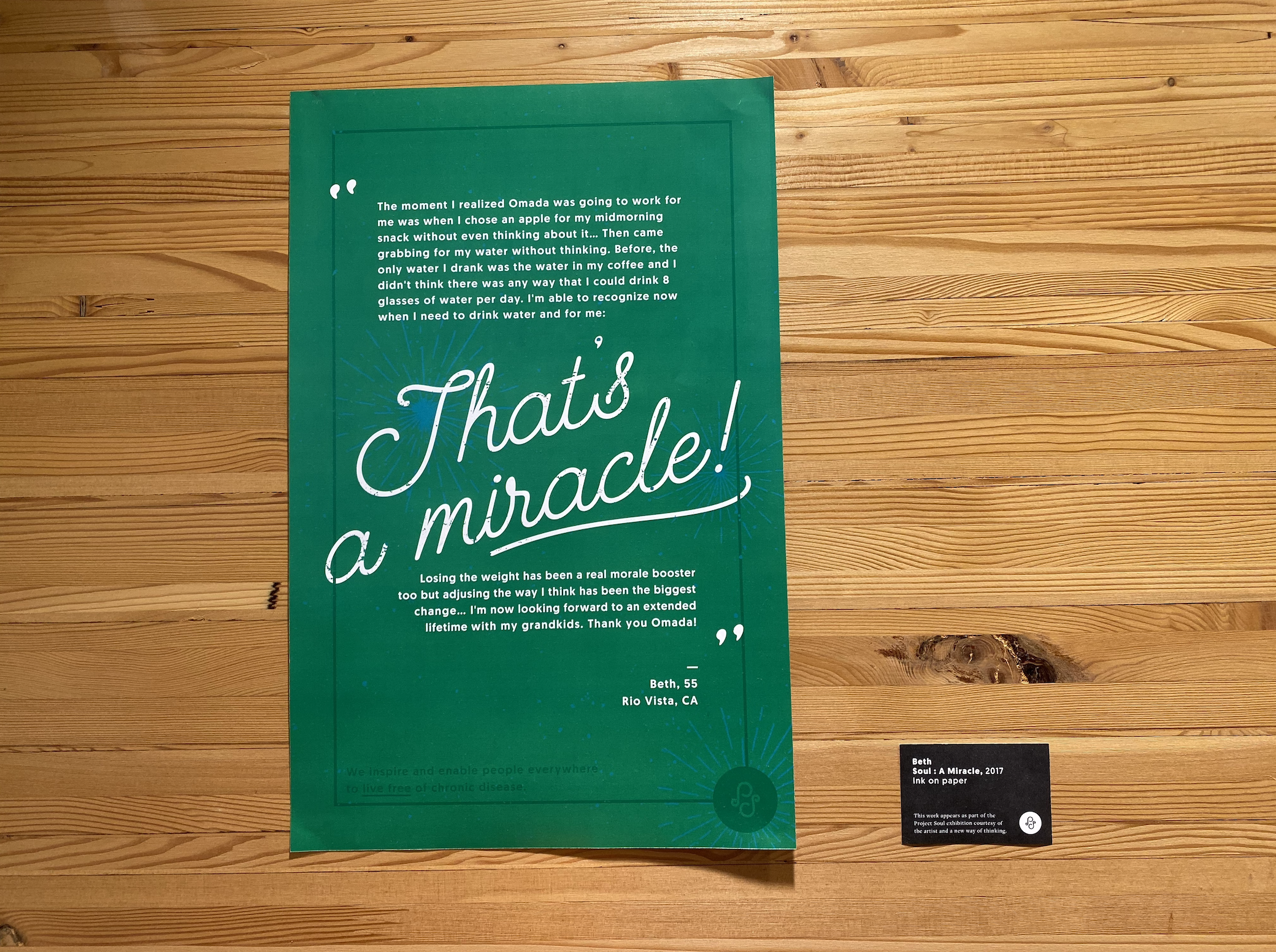
We also post other user-centric cues around the office, including interactive art installations about the number of people using our product and the challenges they face — challenges that may be entirely foreign to our San Francisco-based staff.
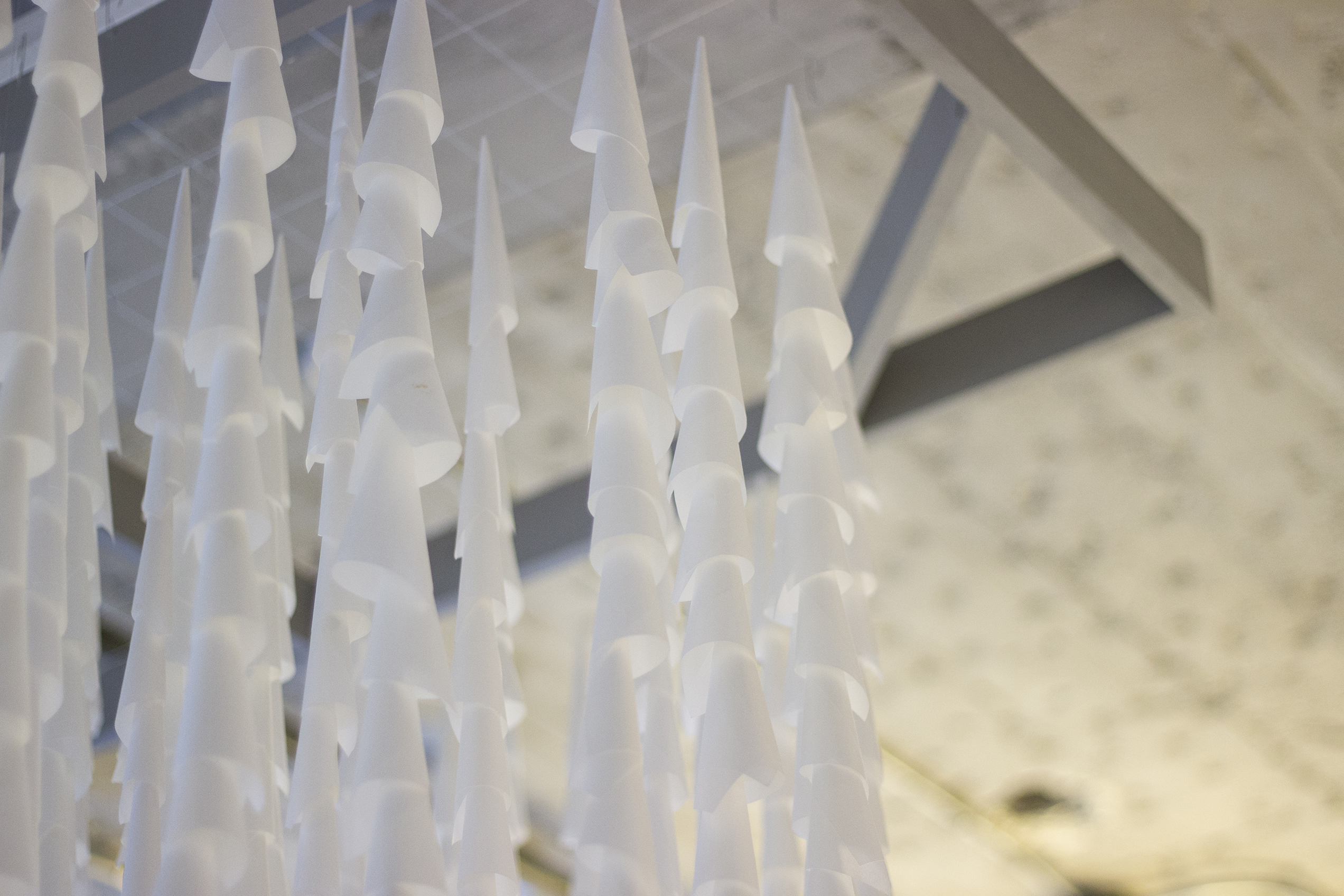
Bring Users into the Office
One of the most powerful and rewarding things about building products is getting to hear how your product has improved people’s lives. There’s no better way to help your coworkers understand the positive impact of their work than to bring successful users by the office to share their stories.
At Omada, we regularly host our Participants and give them a chance to share their story with the company over lunch. This has been a powerful way for people across the company (especially those who aren’t as close to product development and user research) to get to know the people that we’re helping, what’s working (and not working) with the experience, and develop a visceral sense of who we’re doing this work for.
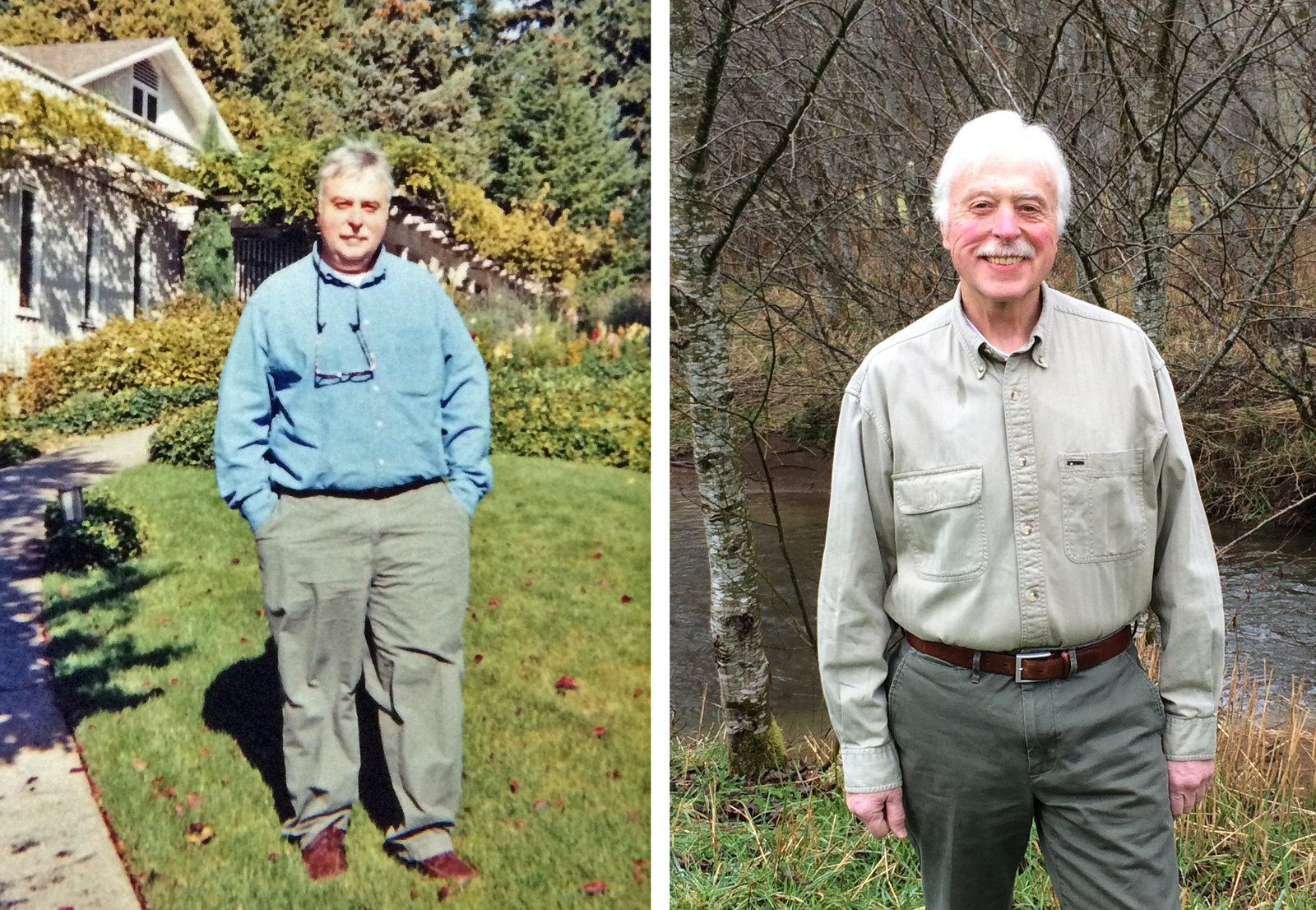
3. Spread the Love
Everyone’s a Researcher
Ideally, research isn’t limited to the product team. It’s important that everyone in your company builds a deeper understanding of the user experience so they can bring that perspective into their team’s decision making process.
New employees are encouraged to go through the Omada program to get a first-hand feel for the experience. Omada also encourages employees to offer free program invites to friends and family members who are at risk for diabetes or who are already living with type 2 diabetes, hypertension, anxiety, or depression. This helps to make every employee a researcher as they take in feedback from loved ones about their lives and how the program is going.
Assign Personas
We often assign teammates a broad range of personas or “user types” who they can advocate for. These personas are representative of our populations ( for example, older adults, individuals living in rural areas, and low-income populations). To create these unique personas, we merge clinical and public population health data with more anecdotal, emotive stories from our users and hands-on clinicians.
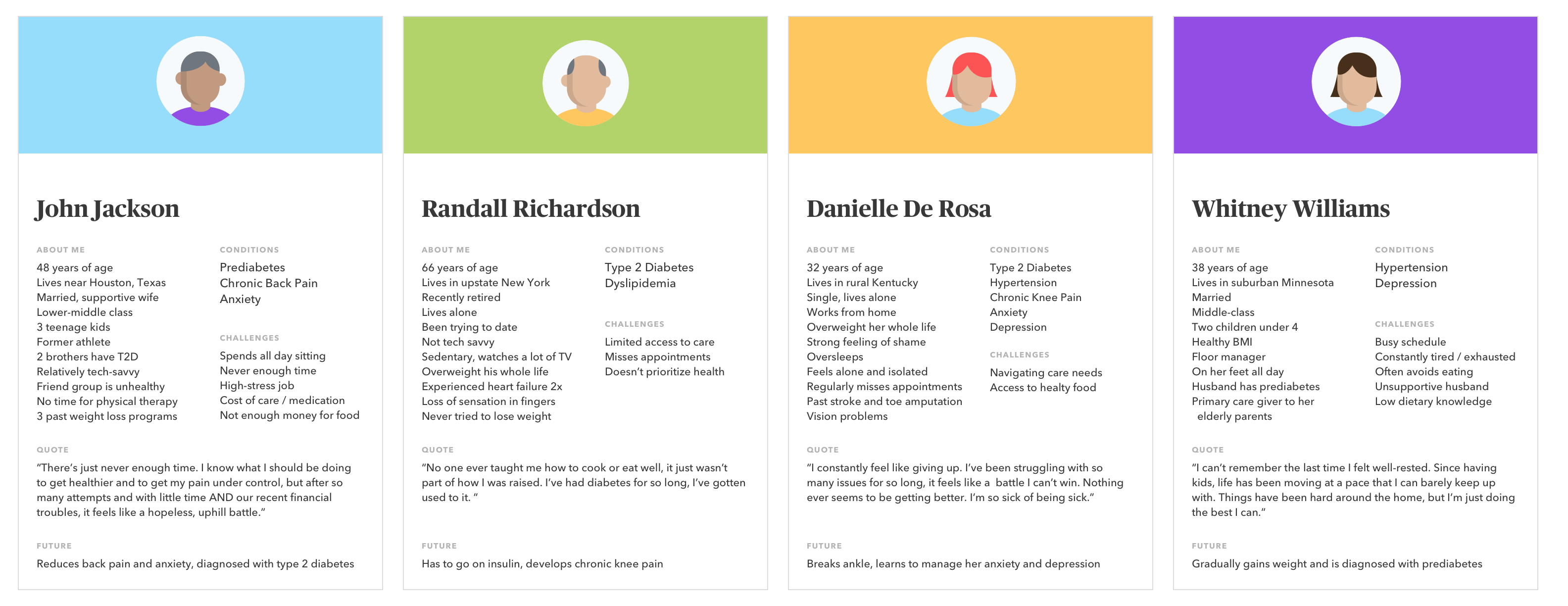
We ask these teammates to research that specific persona and come to each review ready to advocate for and represent that user type. This process ensures that a wide range of user points of view are represented as we work through ideas.
We also identify user advocates across the organization (not just in design) and train designers to expect their ideas and design work to be widely shared and openly critiqued.. Finally, we remind each other to be skeptical of statements that start with “I think” or “I would,” and instead start with “the user would” as a matter of practice.
Put It into Action
Designing for users very different from yourself is challenging. It forces you to disregard your own assumptions and intuition. But it is also incredibly rewarding. The more effectively we can create processes and environments that help us stay in the heads of a broad range of users, the greater reach and impact our product will have.
If you’re looking to amplify the voice and needs of your users around the office, it’s easy to find inspiration:
- Airbnb’s office is an exercise in immersion into the lives of their users. Their office features large format photography of early hosts, conference rooms designed to mirror iconic listings, and storyboards of the guest and host journey illustrated by former Pixar animators.
- To build empathy for users in emerging markets, Facebook does “2G Tuesdays,” where employees can opt to use their internet at the slower speeds of users in developing countries.
- Mailchimp hangs eye-catching “Persona Posters” in the most highly trafficked parts of the office to remind passers by who they’re designing for and what’s important to them.
There are no shortage of creative solutions for silencing your intuition and putting your users front and center.
What techniques have you and your teams used to step into your users’ shoes? I’d love to hear them in the comments below.
Thanks for reading.